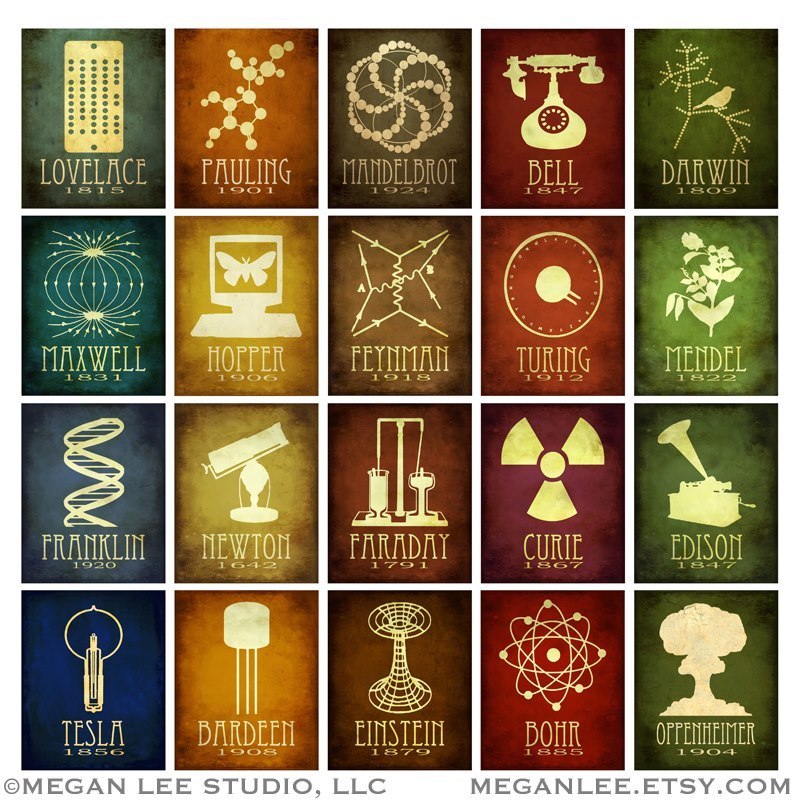General Quiz
1. To mark 52 years of cooperation and friendship Nepal and Israel issued joint commemorative maps showcasing a Nepali mountain peak and an Israeli water body. What are these geographical entities? What is their peculiarity?
2. Who or what is a Denisovan?
3. Connect


4. Why are Aryabhatta and PSLV C 21 special missions for ISRO?5. Identify the man.6. Why is the Buddhist Statue “Iran Man” unique?[Comicbook fans, re-read its Iran Man not Iron Man #sly]7. What distinct record did Hilary Mantel create when she won the Man Booker Prize 2012?8. Why was Shinichi Mochizuki in news recently?
9. Identify the discoveries.Answers1. Mount Everest and Dead Sea - Highest and Lowest points in earth.2. Denisovans are a group of ancient and long extincted humans. Recently researchers reconstructed the entire genetic make up of a Denisovian girl who lived and died in a Siberian cave more than 50,000 years ago.3. Grunenthal is a West German Pharma company that had created the drug Thalidomide, which is the reason for birth defects in children born during late1950s andearly1960s. The incident is described as "one of the biggest medical tragedies of modern times."4. 1st and 100th Missions of ISRO.5.He is Chris Stevens, the former US Ambassador to Libya, who was killed by terrorists in Benghazi.6. Iran Man,a Buddhist statue of Vaishravana, discovered by the Nazis in Tibet while searching for the origins of Aryan race, is the only such statue made out of a meteorite.7. Hillary Mantel became the first British author to win the Man Booker Prize twice consecutively for sequels of her novels - Wolf Hall(2011) and Bringing Up The Bodies (2012).P.S. - Excellent time pass for History buffs.8. She released a proof for the abc conjecture.9.i. Ada Lovelace - an English mathematician and writer chiefly known for her work on Charles Babbage's early mechanical general-purpose computer
ii. Linus Pauling - one of the founders of the fields of quantum chemistry and molecular biology.
Pauling is the only person to be awarded two unshared Nobel Prizes, one of only four individuals to have won more than one (Marie Curie, John Bardeen and Frederick Sanger are the others) and one of only two people awarded Nobel Prizes in different fields (the Chemistry and Peace prizes), the other being Marie Curie (the Chemistry and Physics prizes).*burn*
iii. Benoit B. Mandelbrot - Fractal Geometry
(try to read it inWiki)
iv. Alexander Graham Bell - credited with inventing the first practical telephone.
v. Charles Darwin - originator of the theory of biological evolution by natural selection
vi. James Clerk Maxwell - formulating classical electromagnetic theory. (My favourite Engineering subject) *Yeah, I am bragging, So what? *
vii. Rear Admiral Grace Murray Hopper - She developed the first compiler for a computer programming language, which led to the development of COBOL.
viii. Richard Phillips Feynman - path integral formulation of quantum mechanics, the theory of quantum electrodynamics, and the physics of the superfluidity of supercooled liquid helium, as well as in particle physics
ix. Alan Turing - highly influential in the development of computer science, giving a formalisation of the concepts of "algorithm" and "computation" with the Turing machine, which can be considered a model of a general purpose computer. Also onsidered to be the father of computer science and artificial intelligence.
x. Gregor Mendel - Mendel demonstrated that the inheritance of certain traits in pea plants follows particular patterns, now referred to as the laws of Mendelian inheritance. Father of genetics.
xi. Rosalind Franklin - best known for her work on the X-ray diffraction images of DNA which led to the discovery of DNA double helix.
xii. Isaac Newton - The name says it all.
xiii. Michael Faraday- an English chemist and physicist who discovered electromagnetic induction, diamagnetism, and laws of electrolysis. His inventions of electromagnetic rotary devices formed the foundation of electric motor technology, and it was largely due to his efforts that electricity became viable for use in technology.
xiv. Marie Curie - pioneer in the field of radioactivity, as well as the first person honored with two Nobel Prizes in both physics and chemistry.
xv. Thomas Alva Edison - third most prolific inventor in history, holding 1,093 US patents in his name. Edison developed many devices including the phonograph, the motion picture camera, and direct current (DC) power.
xvi. Nikola Tesla - one of the most important contributors to the birth of commercial electricity, inventor of alternating current electric power systems, wireless power transmission, the AC Motor, radio, x-ray, and contributor to the establishment of robotics, remote control, radar, and computer science.
xvii. John Bardeen - American physicist and inventor of the transistor - a semiconductor device used to amplify and switch electronic signals - which basically makes all of our technology today possible!
xviii. Albert Einstein - known for his theories of special relativity and general relativity.
xix. Niels Bohr - made fundamental contributions to understanding atomic structure and devised the Bohr model of the atom, the theory that electrons travel in discrete orbits around the atom’s nucleus.
xx. J. Robert Oppenheimer - American physicist and scientific director of the Manhattan Project, which led to him being remembered as “The Father of the Atomic Bomb”
Visit - http://www.meganleestudio.com/ for the source picture. Interesting !














